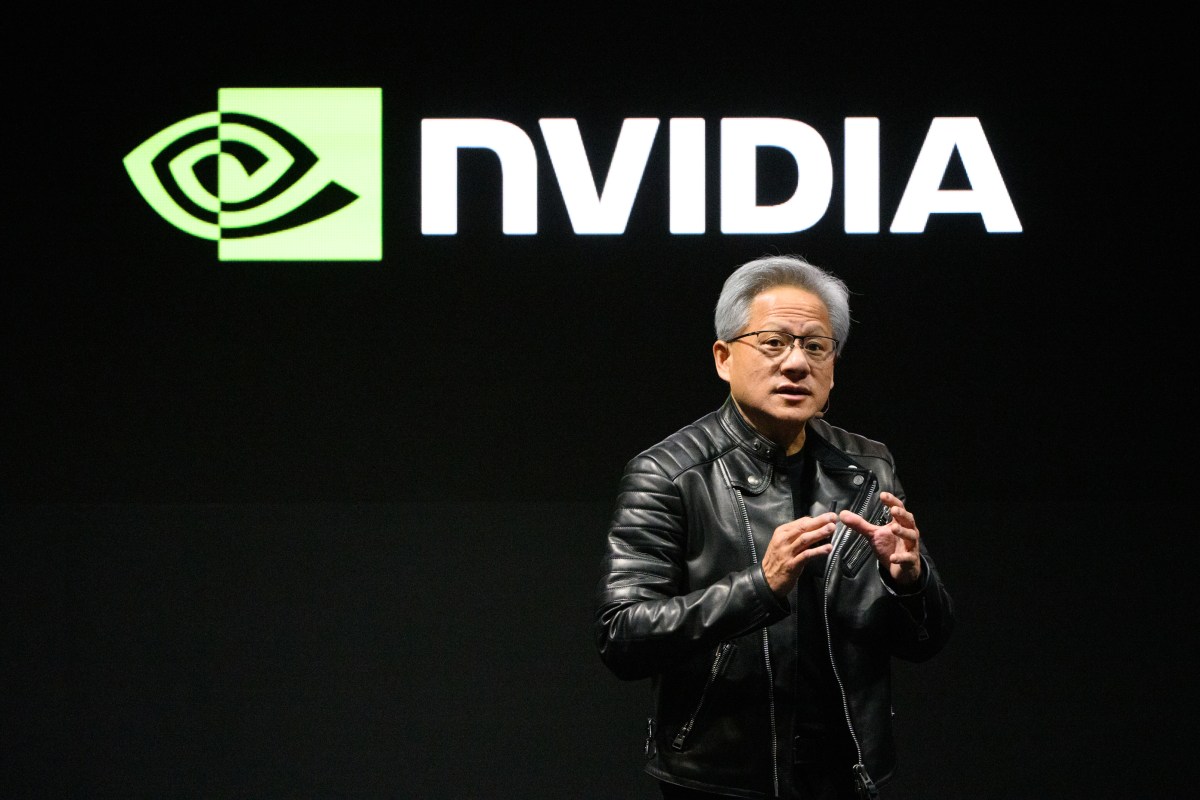Over two years Nvidia invested in 80 plus AI startups to extend its GPU and software ecosystem. Its Blackwell chips and Nvidia Omniverse platform shape where AI and automation products are built, creating fast adoption paths and vendor lock in risks.

Over the last two years Nvidia has invested in more than 80 AI startups, a flurry of activity that positions the semiconductor giant as a major taste maker in AI. With Blackwell family GPUs powering high performance training and inference and platforms such as the Nvidia Omniverse platform building developer momentum, Nvidia AI breakthroughs are influencing where practical AI and automation solutions get built. Will more AI products be optimized around a single vendor stack or will this open new partnership opportunities for enterprises?
Nvidia sells two things that matter to modern AI workloads: GPUs and an ecosystem. A GPU is a chip designed for massively parallel calculations, so it is well suited to training and running large machine learning models. Startups building simulation and robotics rely on AI simulation tools and the Nvidia Omniverse platform to accelerate development.
Startups need compute, software tooling, and distribution partners. By funding AI companies that build on its hardware and software, Nvidia extends its technical influence into the services layer above its chips. That approach speeds product integration for funded companies and increases the chance that customers standardize on Nvidia stack components, from optimized libraries to CUDA tuned models.
In plain terms, these investments are not just financial. They are strategic moves to align the startup ecosystem with Nvidia technical roadmaps so new AI capabilities are optimized for Nvidia GPUs and run smoothly where Nvidia hardware dominates.
To improve visibility for Nvidia news and analysis consider adding targeted phrases naturally in headlines and subheads such as Nvidia AI breakthroughs, Nvidia Omniverse platform, best GPUs for AI, top AI startups 2025, generative AI news, AI automation trends, AI simulation tools, AI vendor lock in risks and multi vendor AI. Structure short answer boxes and FAQs to match conversational queries like what are the risks of vendor lock in with generative AI platforms and how do Nvidia GPUs compare for AI workloads.
Nvidia extensive investment program has accelerated an ecosystem that favors its GPUs and software platforms, creating both clear advantages and strategic trade offs for companies pursuing AI and automation. For firms seeking rapid time to value partnering with Nvidia aligned startups can be an effective route to production. Decision makers should balance short term gains against long term portability and supplier concentration concerns. The key question for leaders is not only which AI solutions perform best today but which keep options open for tomorrow.
Meta description: Nvidia has invested in 80 plus AI startups over two years steering the AI ecosystem toward its chips and platforms; learn what this means for automation and vendor lock in.



